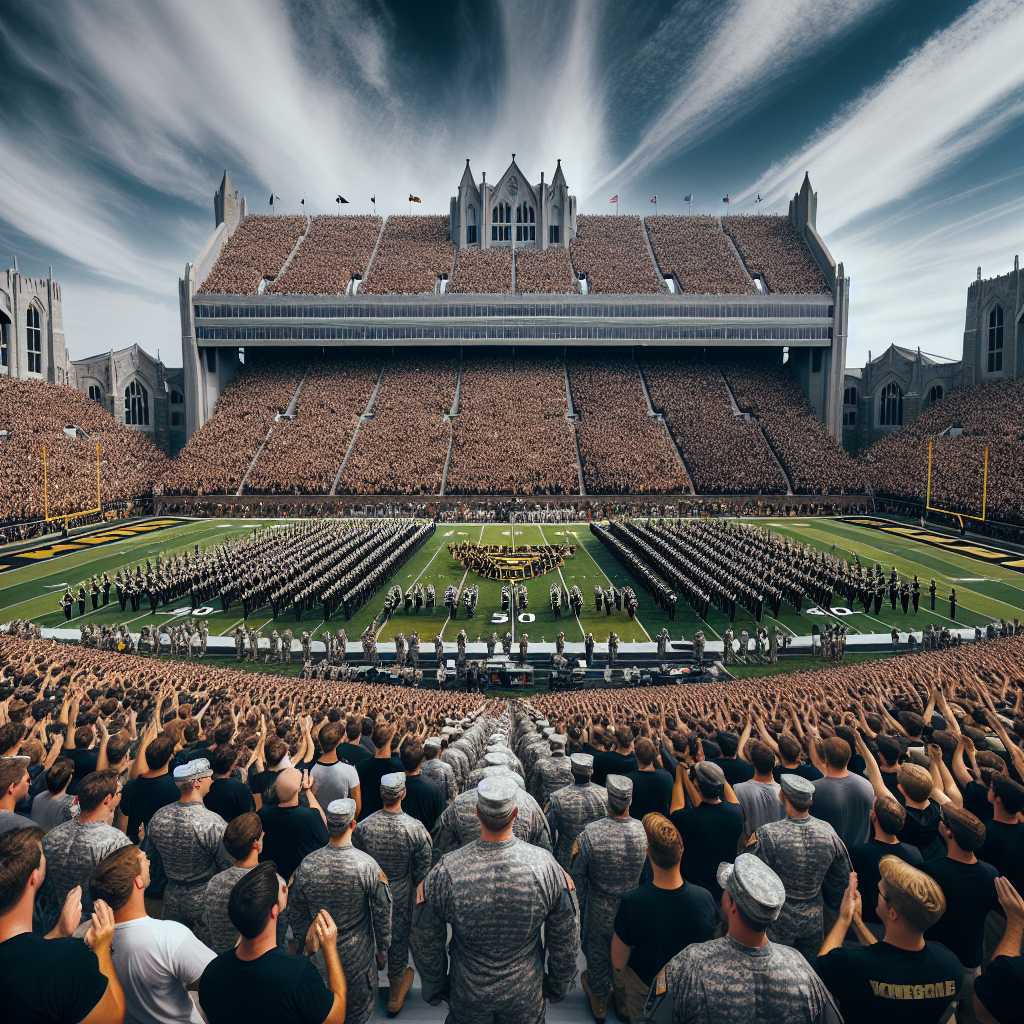Understanding Army Football: A Comprehensive Look at the Black Knights’ Gridiron Legacy
Army football, with its deep-rooted traditions and a storied history, has long been an integral part of the United States Military Academy at West Point. Known officially as the Army Black Knights, and colloquially referred to as simply “Army,” this team represents the toughness, determination, and strategic rigor that embodies military life. Delving into the various aspects of Army football—from the historical context to contemporary developments—provides a glimpse into the uniqueness of this collegiate program.
Historic Foundations of Army Football
The origins of Army football date back to November 29, 1890. Eking out-humble beginnings as many early athletics programs did, the first Army team played against the Navy Midshipmen in what would become one of college football’s most revered rivalries. Throughout the 20th century, Army football established itself as a powerhouse, dominating much of the collegiate football landscape especially during the 1940s under coach Earl “Red” Blaik. The program has won three national championships, their players have earned three Heisman Trophies, and multiple individuals have achieved College Football Hall of Fame status.
Among the milestones defining Army’s rich gridiron heritage, perhaps none resonates more than its rivalry with Navy — known as the Army-Navy Game. This annual clash encapsulates not only sports competition but also the broader esprit de corps and camaraderie between the armed services.
Traditions and Culture
Army football is steeped in traditions that reflect military values and camaraderie. Cadets march onto the field before every home game in what is known as the “Corps of Cadets March-On,” a vibrant display of unity and discipline. Such spectacles are woven into the fabric of Army football game days, offering a visual testament to their distinctiveness from others in collegiate athletics.
Additionally, the team’s mascot is an integral part of these traditions: a dark-hued mule symbolizes attributes desired in military personnel—perseverance, strength, and resilience.
Recruitment and Player Experience
Recruitment for Army football operates under different circumstances compared to most other Division I football programs. Prospective players take into account that their commitment to play for the Army Black Knights amounts to much more than athletic competition; it signifies an obligation to serve in the U.S. Army upon graduating from West Point. This pathway ensures that players are instilled with leadership qualities and a sense of duty alongside their rigorous physical training and academic education.
Students at West Point are cadets first, placing demanding academic schedules and military responsibilities at the forefront of their college experiences. Playing for the Army team hence requires incredible time management and exceptional dedication. For many, this unique blend of military service with athletic pride under true amateur conditions has become appealing.
Contemporary Dynamics and Challenges
Through modern eras, Army football has faced new dynamics and challenges as it strives to remain competitive in an evolving collegiate landscape. Modifications in coaching styles, advancements in athletic training, and shifts in conference alignments have all factored into its development.
Alongside this evolution in sports orientation come discussions about player safety—including concussion protocols—and concerns around maintaining academic standards for cadet-athletes who must also fulfill strict military training regimens.
Financial Impact and Community Support
Army football contributes to West Point beyond athletic fame through financial impacts such as merchandising sales, ticket revenues, and alumni donations inspired by athletic endeavors. Moreover, community support reflects through sold-out games at Michie Stadium and nation-wide support from those associated with the U.S. Army.
National broadcasts of Army football games further bolster its profile, inviting widespread viewership and shared ownership among Americans who see in it an extension of national pride and institutional excellence.
Notes
Image Description The image presents a panoramic view of Michie Stadium packed with spectators during an Army home game. Fans clad in black and gold are cheering enthusiastically as cadets perform a march-on pregame ritual on the field. In stark contrast to civil collegiate sports arenas, West Point’s gray Gothic-style architecture creates a unique backdrop under a clear blue sky.
JtsOP
